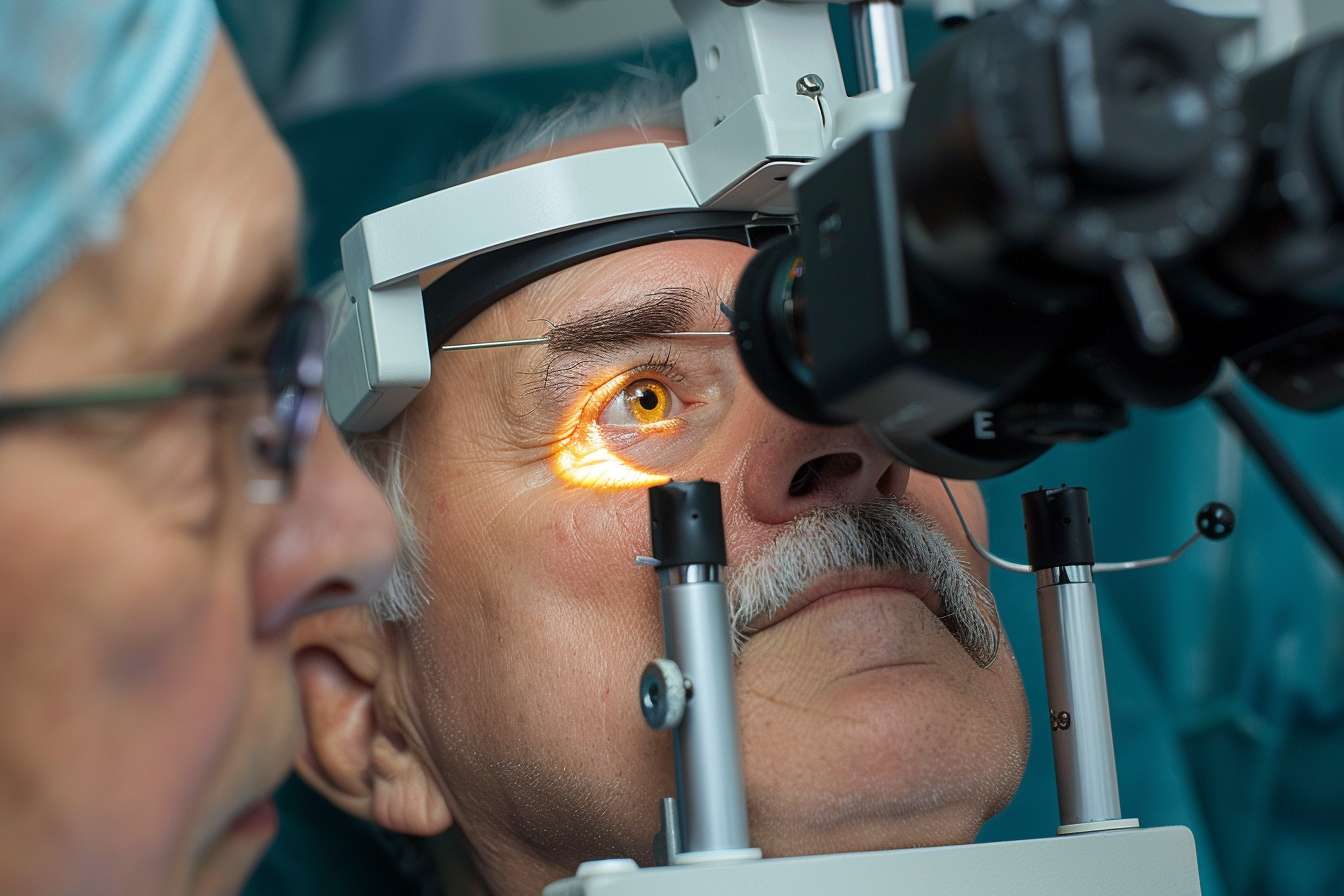Blepharoplasty Surgery: Eyelid Procedures for Function and Appearance
Blepharoplasty is a surgical procedure that removes excess skin and fat from the upper or lower eyelids to improve vision, reduce puffiness, and refresh the appearance of the face. Many people seek eyelid surgery to address drooping lids that interfere with sight or to correct age-related changes around the eyes. Recovery varies by individual, but most patients notice significant improvement in both appearance and comfort within a few weeks.

Eyes: Who is a candidate?
Blepharoplasty is commonly considered by adults whose eyelids cause discomfort, obstruct vision, or contribute to a tired appearance. Candidates typically have excess upper eyelid skin, under-eye bags, or weakened muscles around the eyelids. Good overall health, realistic expectations, and non-smoker status are common criteria. People with certain eye conditions (dry eye, glaucoma, thyroid eye disease) should have a careful evaluation by an eye specialist and plastic surgeon to determine if eyelid surgery is appropriate.
Surgery: Types and how it’s performed
There are several surgical approaches depending on whether the upper lids, lower lids, or both are treated. Upper eyelid blepharoplasty often involves an incision hidden in the natural crease of the eyelid to remove skin and reposition fat. Lower eyelid procedures may use an incision just below the lash line or a transconjunctival approach inside the eyelid to address fat without an external scar. Surgeons may perform blepharoplasty under local anesthesia with sedation or general anesthesia. The procedure typically lasts one to three hours depending on extent and whether it’s combined with other facial surgeries.
Face: Cosmetic and functional benefits
Beyond improving the look of the eyes, blepharoplasty can restore the natural contours of the face and reduce the appearance of aging. Functionally, removing excess upper eyelid skin can expand the visual field and ease forehead strain from lifting brows. For lower eyelids, addressing herniated fat and skin laxity can eliminate under-eye bags and shadows that make the face appear fatigued. It’s important to balance aesthetic goals with the functional anatomy of the eyelid to maintain proper eyelid closure and eye protection.
Doctor: Choosing the right surgeon
Selecting a qualified surgeon is one of the most important steps. Look for a plastic surgeon or oculoplastic surgeon with specific experience in eyelid surgery and credentials from recognized professional boards. Ask about before-and-after photos, complication rates, and experience managing both cosmetic and reconstructive eyelid issues. During consultations, discuss anesthesia plans, incision placement, expected scarring, and realistic outcomes. If you have underlying eye conditions, coordinate care between your eye doctor and the surgeon to optimize safety and results in your area.
Hospital: Facility standards and recovery setting
Blepharoplasty can be performed in an accredited hospital, ambulatory surgery center, or licensed office-based surgical facility depending on complexity and patient health. Facilities with proper accreditation follow safety protocols for sterilization, anesthesia, and emergency readiness. Recovering in a calm environment with access to follow-up care is important—most patients have a short observation period after surgery and return home the same day. Swelling and bruising peak in the first week; eyelid sutures are often removed in five to seven days and light activities are usually resumed within a week or two.
This article is for informational purposes only and should not be considered medical advice. Please consult a qualified healthcare professional for personalized guidance and treatment.
Blepharoplasty carries risks that should be discussed with your doctor, including infection, bleeding, asymmetry, dry eye symptoms, or temporary vision changes. Long-term complications are uncommon when surgery is performed by an experienced surgeon using appropriate preoperative evaluation and postoperative care. Discuss expectations for scarring and whether additional procedures (brow lift, skin resurfacing) might enhance outcomes for your face.
Recovery tips include keeping the head elevated, using cold compresses in the first 48 hours, avoiding strenuous activity for several weeks, and following medication and wound-care instructions provided by your surgeon or hospital team. Smoking cessation before and after surgery improves healing. Regular follow-up appointments allow your doctor to monitor healing and address any concerns promptly.
In summary, blepharoplasty is a well-established eyelid surgery that can provide both cosmetic and functional benefits for people bothered by drooping lids or under-eye bags. Choosing an experienced surgeon, ensuring appropriate facility standards, and having realistic expectations are key factors that influence safe outcomes and patient satisfaction.






